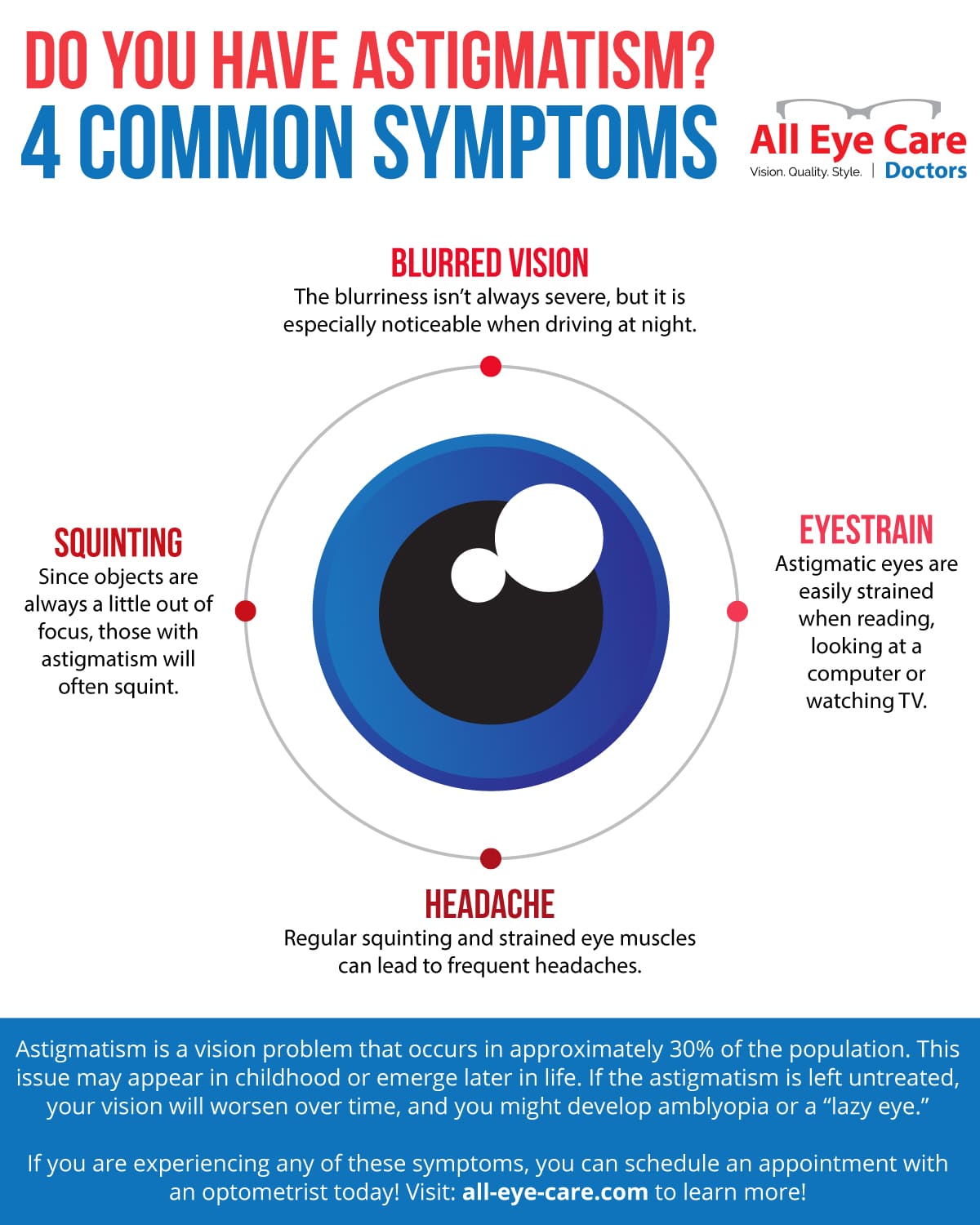Comparing Conventional And Modern Approaches To Treating Glaucoma
Comparing Conventional And Modern Approaches To Treating Glaucoma
Blog Article
Written By-Graves Petersson
Did you recognize that the advancement of glaucoma treatment methods extends centuries, encompassing both conventional solutions and advanced advancements? From ancient natural mixtures to innovative Minimally Invasive Glaucoma Surgical treatment strategies, the spectrum of choices is large. As you explore the ins and outs of typical versus innovative methods, you may uncover shocking understandings that challenge traditional perspectives on treating this widespread eye problem.
Historical Evolution of Glaucoma Treatments
The historic advancement of glaucoma therapies goes back to ancient civilizations where various solutions were made use of to take care of the problem. In LASIK Financing For Your Patients , for instance, treatments included a combination of honey, fat, and sour milk related to the eyes. The Greeks and Romans also added to early glaucoma therapies with a concentrate on topical applications and nutritional interventions. Throughout background, diverse societies developed unique approaches to ease the signs of glaucoma, usually rooted in natural treatments and superstitions.
As time proceeded, innovations in medical understanding led to even more systematic methods to treating glaucoma. In The Center Ages, Arabic scholars made considerable contributions by studying the anatomy of the eye and developing surgical strategies to deal with eye problems. These very early developments laid the foundation for contemporary glaucoma therapies that we have actually today. Recognizing the historical context of glaucoma treatments provides useful insights right into the continual development and improvement of medical techniques over the centuries.
Comparison of Traditional Approaches
In contrasting conventional approaches for treating glaucoma, think about the historical contexts and effectiveness of various solutions.
Typical treatments for glaucoma have actually developed over centuries, from ancient techniques like making use of honey and a glass of wine to much more recent innovations such as eye drops and surgeries. Historically, treatments like the application of leeches or organic mixtures were utilized to relieve signs, but their efficiency was restricted.
As time proceeded, techniques like iridectomy, where a part of the iris is removed, came to be prominent for reducing intraocular pressure. https://intralase-lasik-eye-surge95162.get-blogging.com/27038033/changing-to-grin-as-opposed-to-relying-upon-glasses-and-get-in-touches-with-provides-advantages-beyond-simply-convenience , like utilizing oral drugs to reduce eye pressure, have actually stood the test of time and are still made use of today. Nonetheless, these therapies usually feature side effects and may not be as effective as modern-day alternatives.
It's vital to consider the historic significance of typical glaucoma treatments against their effectiveness in the context of existing clinical innovations.
Evaluation of Cutting-edge Treatment Techniques
Taking into consideration the advancing landscape of glaucoma therapy, cutting-edge methods are changing the method this eye problem is handled.
One notable innovation is minimally invasive glaucoma surgical procedure (MIGS), which uses a less intrusive choice to typical operations. just click the up coming web site intends to reduce intraocular pressure by enhancing the eye's natural drainage system, resulting in fewer difficulties and faster healing times contrasted to traditional surgeries.
Additionally, the development of sustained-release medication delivery systems has actually offered an extra effective method to provide glaucoma medication. These systems can launch drug gradually over an extensive duration, improving client adherence and lowering the frequency of eye declines.
Additionally, arising cataract surgery recovery time like discerning laser trabeculoplasty (SLT) use a non-invasive alternative for decreasing intraocular pressure by targeting specific cells in the eye's drainage system.
Conclusion
As you assess the advancement of glaucoma therapies, you can see how standard techniques have led the way for innovative approaches to emerge.
From ancient solutions to contemporary developments, the journey of treating this complex eye condition has been like a rollercoaster ride.
But with brand-new methods like MIGS and sustained-release medicine delivery, the future appearances brighter than ever before for clients looking for efficient and much less invasive remedies.
